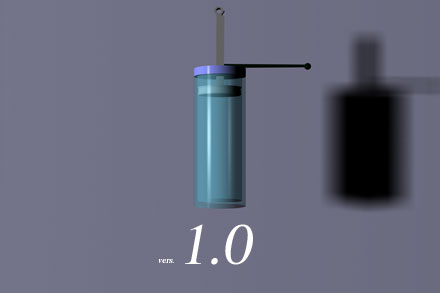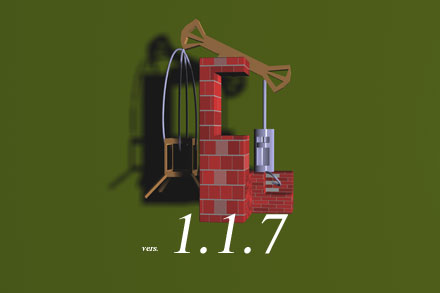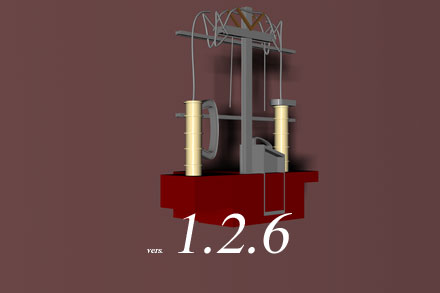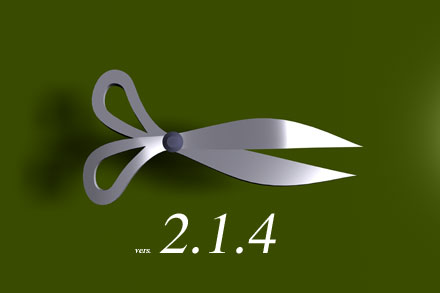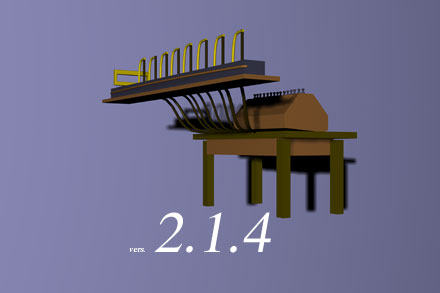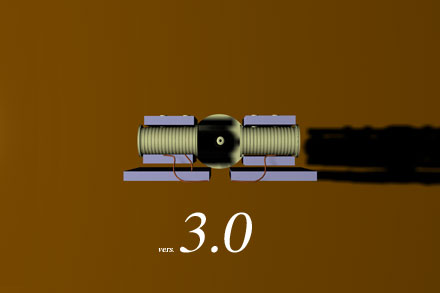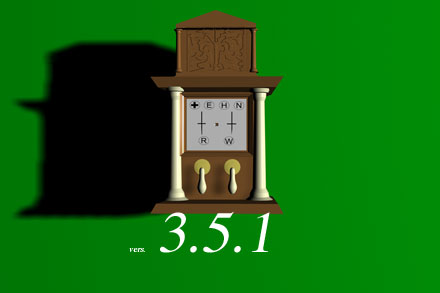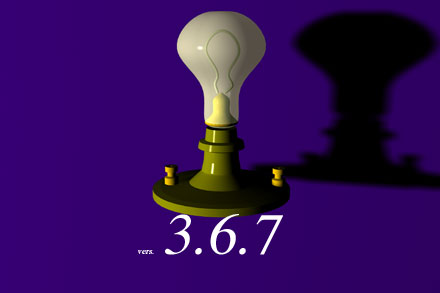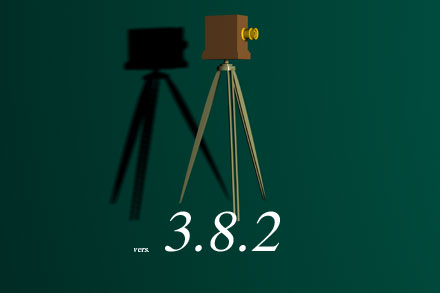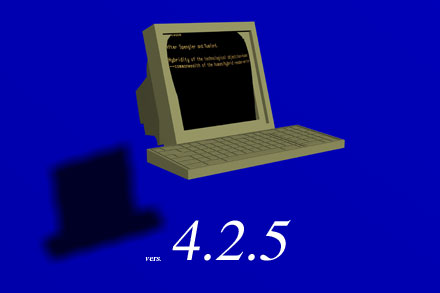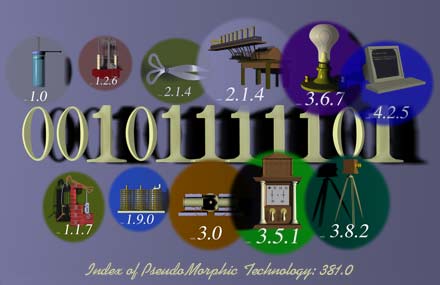 |
|
From
software to hardware and back again, Soft\Hard:
Versions of the Pseudomorph, asks the question, "What
becomes of old or outdated technology or science once the era
that produced them has transformed into a host of cultural
rituals and traditions foreign to its old nature?" Since
technology changes so quickly, one is inclined to assert
another question dealing with the need to attempt a
stabilization of rapid technological development, while
maintaining the benefits of increased efficiency.
By applying Spengler's and Mumford's notion of the pseudomorph,
derived from rock formation to describe shared qualities and
histories of technological transition, we can provide a sigh of
relief that ranges from solving the problem with increased
theoretical framing of knowledge to increased focus on theory
derived from the intuitive and even spontaneous processes of
technological invention, qualifying and stratifying inventions
whether they were successful or not, into qualitative
practices.
Therefore, I have transposed the
contemporary notion of the expert machine running
software---back onto so-called "old technology". In
doing this, I hope to trigger an appreciation of the
technology, science, and culture of the respective periods of
these devices, in qualitative fashion, that non-naively
situates technological change independently of the notion of
progress.
Instead, the focus is on devices
linked to agents' practices. The viewer will note that I have
also provided a macroscopic view of the signals involved in
technological invention. If technology both fails and succeeds,
the components of complex situations can be built from the
discreet states of success and failure, corresponding 1s and
0s--an analogue to the binary code upon which our computers are
built. Each failure or success in intensifications of
technology can be further encoded, making the timeline of
technological invention into data that computers can process,
as well as packing numerical symbols--the decimal or binary
code that indexes a cross section of the timeline--with
qualitative explanations.
With this project
in mind, I hope you will find yourself asking the same central
question that is ever more important as technology continues to
change so rapidly, while just as rapidly the denigration of
past technological cultures is swelling to an intensity
formerly ascribed, only, to the idea of progress.
|
|
|

